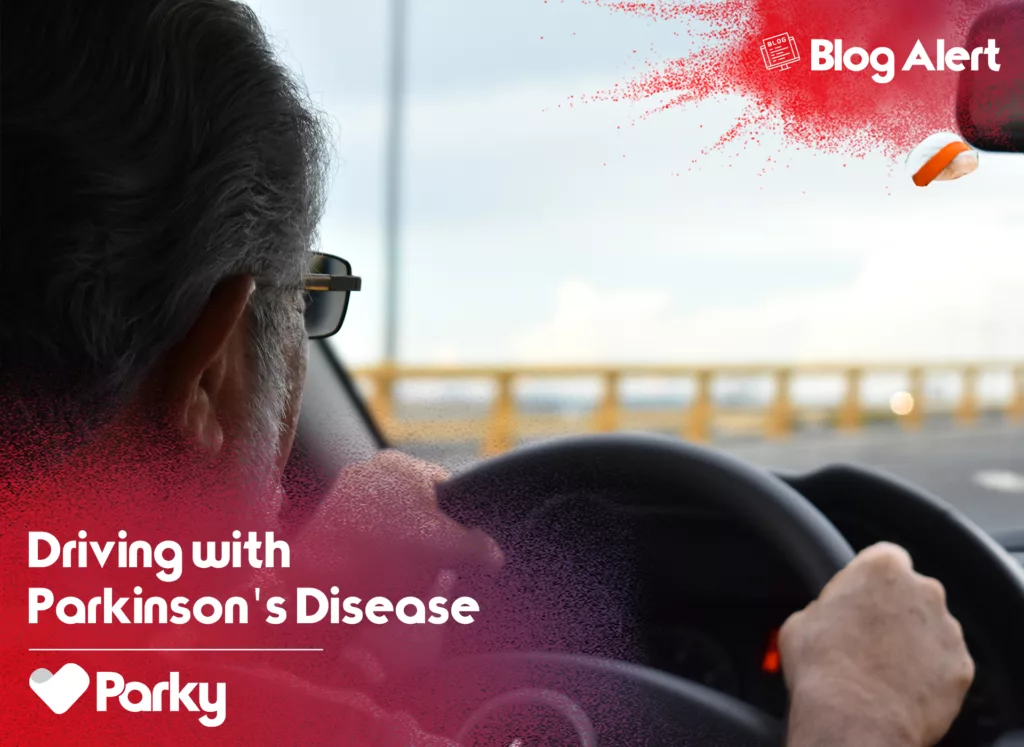

Driving is often seen as a symbol of independence and freedom. While Parkinson’s affects movement, coordination, and cognitive function—all vital for driving—its impact on driving ability varies from person to person.
Many people with Parkinson’s may be able to drive safely in the early stages. However, as the disease progresses, the symptoms can intensify and impact driving skills. Therefore, it is essential to understand the impact Parkinson’s has on driving.
Parkinson’s disease may affect a person’s ability to drive, depending on the severity and progression of symptoms. Though the progression of Parkinson’s and the side effects of medications may influence driving skills, they do not necessarily mean an end to driving. Some individuals continue to drive safely in the early stages of the disease. Others may begin to notice challenges impacting their confidence and safety on the road. These challenges can vary widely, from problems with motor control to cognitive changes.
As Parkinson’s progresses, it’s important to remain aware of how symptoms might be influencing driving abilities. For some, this may involve making adjustments to driving habits or reevaluating the decision to drive altogether. Understanding these potential impacts is crucial for maintaining safety.
Certain symptoms of Parkinson’s disease can significantly impact driving safety. Here’s a list of key symptoms that may complicate driving:
Tremors
Uncontrolled shaking, particularly in the hands, can make it difficult to maintain steady control of the steering wheel. This can lead to sudden, unintended movements.
Muscle Stiffness (Rigidity)
Stiffness can make it hard to turn the wheel, operate the pedals, or perform quick maneuvers.
Bradykinesia (Slowness of Movement)
Slower movements can delay a driver's ability to react to changing traffic conditions. This can affect actions like stopping suddenly or swerving to avoid obstacles.
This symptom involves sudden, temporary inability to move the legs. If it occurs while driving, it could prevent the driver from pressing the brake or accelerator.
Cognitive Impairments
Changes in cognition, such as slower decision-making and impaired judgment, can make it harder to process information quickly. Difficulties with memory or concentration also affect the ability to respond appropriately while driving.
Visual-Spatial Impairments
Difficulty in judging distances, understanding spatial relationships, or recognizing objects and road signs can lead to misjudgments.
Fatigue and Sleep Disturbances
Excessive daytime sleepiness, often a result of poor nighttime sleep, can cause a driver to nod off at the wheel.
Anxiety and Stress
High levels of anxiety can worsen symptoms like tremors and reduce a driver’s ability to focus on the road. This can lead to impaired decision-making.
If you have Parkinson’s disease and continue to drive, it’s important to take extra precautions.
Here are some safety tips:
You should consider stopping driving when Parkinson’s symptoms begin to impair your ability to drive safely. Frequent close calls, accidents, or increased anxiety behind the wheel are also red flags. If your doctor or loved ones are concerned, or if you feel unsure about your driving, it’s time to explore alternative transportation.
When driving becomes challenging due to Parkinson's, there are several alternatives you can consider:
Public Transportation:
Using buses, trains, or community shuttles can relieve the anxiety associated with driving. It also provides extra exercise from walking and the chance to be around others, helping you stay active and engaged.
Ride-Sharing Services:
Services like Uber and Lyft offer convenient, on-demand transportation. They eliminate the stress of driving and the costs associated with car ownership, such as insurance and maintenance.
Family and Friends:
Lean on loved ones for rides. Many people find that relying on family and friends is a safe and supportive way to get around.
Walking or Cycling:
If your destination is nearby, walking or using an electric bike can be a great way to stay active.
Join our community in spreading hope and strength. Tell us your unique journey with Parkinson's to uplift and empower others.